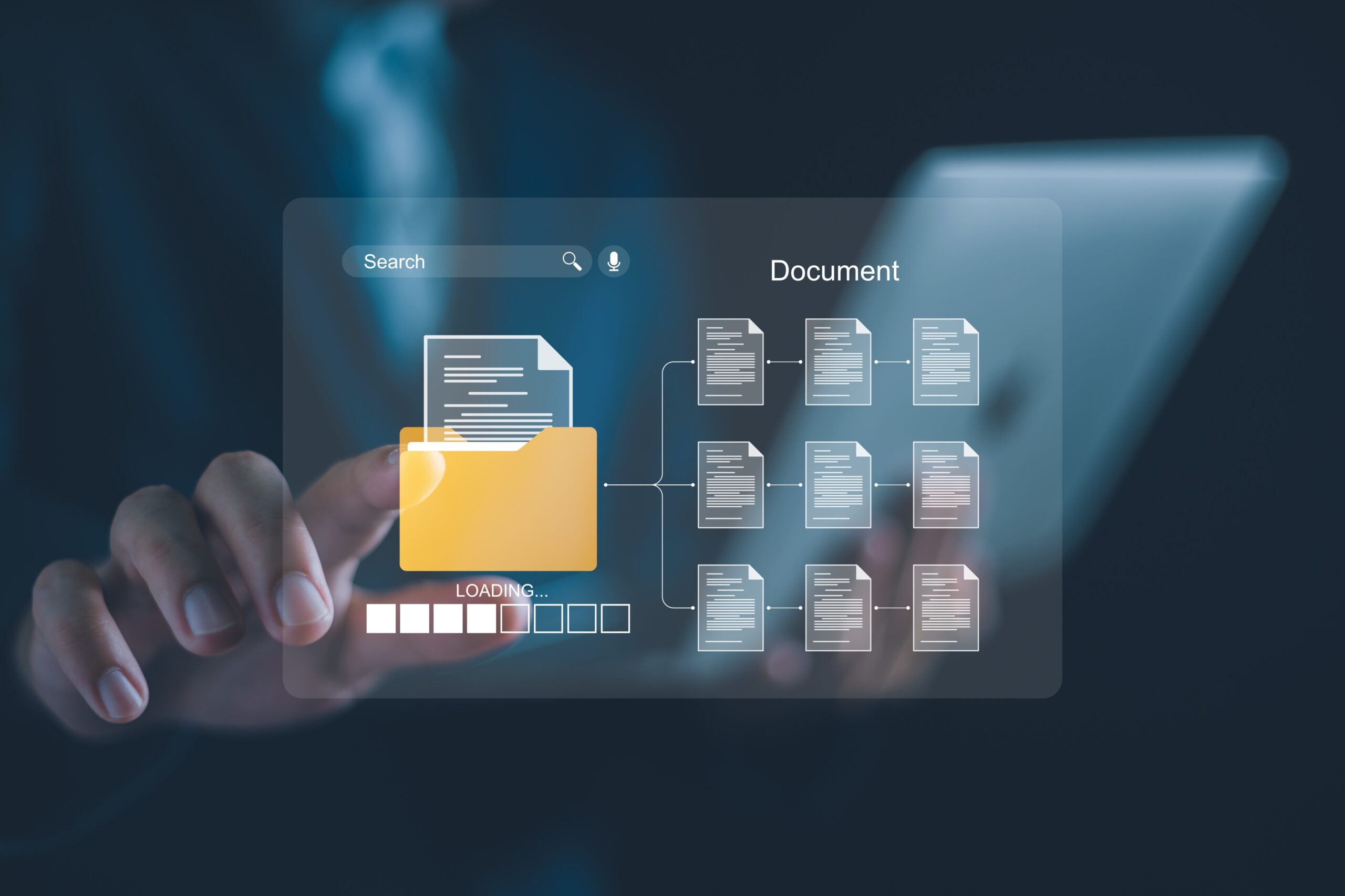What is a Credit Decision Engine?
A credit decision engine is a software platform that automates and optimizes the loan decisioning process. It ingests application data, applies configurable rules, runs scoring models, and delivers instant approval or rejection decisions. Modern solutions, like NewgenONE Agentic Credit Decisioning, combine AI Agents that offer rule-based decisioning, AI decisioning platforms, credit risk assessment tools, and open banking data to enable lenders to make faster, intelligent, and more transparent lending decisions.
How does Agentic Credit Decisioning differ from traditional credit underwriting engines?
Traditional rule-based decisioning relies on fixed policies such as debt-to-income (DTI) or loan-to-value (LTV) thresholds. These work for stable economic environments but miss opportunities for loan growth. An agentic AI credit underwriting engine adds multiple layers:
- Rule Battery: Configurable, no-code credit rules for eligibility, risk checks, and approvals.
- Model Battery: AI/ML scoring models for predictive risk assessment, fraud detection, and behavioral scoring. Within this, there are two critical types of models – Explainable AI that is built on models such as probability of default and probability of drop out, and actionable AI models, including scenario specific recommendations, risk-based spreading, and propensity to buy. These, along with objective predefined rules and real-time analytics, enhance speed, accuracy, and alignment with credit policy.
- Open or Core Banking Integration: Real-time cash flow and transactional insights for more accurate credit risk analysis.
This layered approach helps lenders boost approval rates while keeping credit risk within acceptable limits.
What business impact can lenders expect from adopting AI-driven decisioning?
In today’s competitive lending environment, even a 2–3% increase in loan approvals can unlock millions in additional revenue. By adding AI-led credit risk monitoring and dynamic model scoring, the NewgenONE Agentic Credit Decisioning platform has shown examples where:
- Rule Battery alone delivers ~65% approval rates
- Adding Model Battery boosts that by ~3%
- Adding Open Banking scoring increases it by another 2%, reaching 70%.
That translates into significant portfolio growth while maintaining compliance and risk controls.
What are the core components of NewgenONE Agentic Credit Decisioning Engine?
Here’s a detailed look at each of the components of the advanced decisioning engine:
- Rule Battery
- No-code configuration for credit managers
- Pre-built templates for DTI, LTV, fraud checks, and bureau thresholds
- Cascading and conditional logic for complex workflows
- What-if simulations that test policy impacts before deployment
- Model Battery
- Support for multiple scoring models (FICO, CIBIL, VantageScore, custom AI models)
- AI-driven fraud detection, default prediction, and behavioral scoring
- Weighting, thresholds, and explainability for regulatory compliance
- Continuous learning from new data
- Open or Core Banking Integration
- API-based access to real-time bank transaction data
- Enhanced risk profiling using income flows and spending patterns
- Consent-driven customer data sharing, aligned with privacy regulations
- Faster underwriting with fewer manual documents
How does explainable AI improve credit decisioning?
Regulators and customers expect fairness and transparency in lending. As a part of the decisioning engine, explainable AI provides:
- Decision trails showing exactly why a loan was approved or rejected
- Feature contribution analysis for each AI model
- Compliance-ready logs with timestamps, rule versions, and human overrides
- Dashboards for auditors, risk teams, and underwriters to validate decisions
This transparency builds trust and supports regulatory audits. It also enables actionable AI insights for strategy refinement, such as scenario-specific recommendations, risk-based spreading, and propensity to buy more.
How does agentic AI help with credit risk management and monitoring?
The engine integrates credit risk analysis tools and credit risk monitoring capabilities by:
- Running continuous portfolio risk scoring
- Flagging early warning signs of default
- Allowing instant policy adjustments for emerging market risks
- Tracking key metrics like approval rates, delinquency rates, and risk-adjusted returns
By combining AI risk assessment with rules and real-time data, lenders can adapt quickly without waiting for quarterly policy reviews.
Can this system support new lending segments like gig-economy and thin-file borrowers?
Yes. Traditional systems often reject applicants without long credit histories. The Agentic Credit Decisioning Engine incorporates:
- Mobile payments, utility bill data, and alternative scoring
- Real-time cash flow analysis via open banking
- AI models tuned for non-traditional income patterns
This helps banks tap the underserved segments while maintaining sound risk controls.
How quickly can a credit decision engine like NewgenONE be deployed?
Typical implementation roadmap for NewgenONE decision engine is:
- Discovery & Pilot (4–6 weeks): Define policies, data sources, and target segments
- Configuration & Integration (8–12 weeks): Connect to core banking, loan origination, and CRM systems
- Testing & Validation (4 weeks): Run parallel tests, fairness checks, and staff training
- Go-live: Full deployment with continuous performance monitoring
Most institutions see a positive ROI within 90 days of deployment.
What are the pros and cons of adopting an AI credit decisioning platform?
| Pros | Cons |
|---|---|
| Faster, consistent lending decisions | Requires high-quality input data |
| Increased approval rates, leading to up to 5% portfolio lift | The initial setup of rules and models can be complex |
| Improved cross-sell and pre-approved offers | Availability of Open Banking varies across markets |
| Full audit trail for compliance | |
| Integration with existing tech stack |
Mitigation strategies include modular rule design, hybrid statistical + AI modeling, phased Open Banking (or Core Banking) rollouts, and strong governance.
How does Agentic AI future-proof lending operations?
To keep pace with rapidly changing lending regulations, customer expectations, and market conditions, the agentic approach ensures:
- Agility: Update policies in minutes with low code
- Scalability: Handle growing volumes without adding staff
- Resilience: Reduce dependency on any single metric with multiple models and data sources
- Compliance: Adapt to evolving rules through built-in audit logs and explainable AI
This creates a reasoning hub for lending, where every decision is data-driven, explainable, and adaptive.
What’s the bottom line for financial institutions?
Adopting credit decision engine software like NewgenONE means:
- Boost in approval rates by 2–5% with better credit risk control
- Reduction in decision time from days to seconds
- Lower operational costs through automation
- Ability to compete in both traditional and emerging borrower markets
In short, it’s a strategic investment that delivers measurable gains in revenue, risk management, and customer experience.
Next Step:
Financial leaders ready to modernize lending can start with a pilot, integrating the Agentic Credit Decisioning Engine into one product line. From there, scaling across portfolios compounds the benefits, driving sustainable growth without compromising compliance.
You might be interested in


20 Nov, 2025
A Guide to Regulatory Management Systems: Enhancing Governance Across Industries

20 Nov, 2025
Transforming Enterprises with Newgen’s Business Process Management Software

